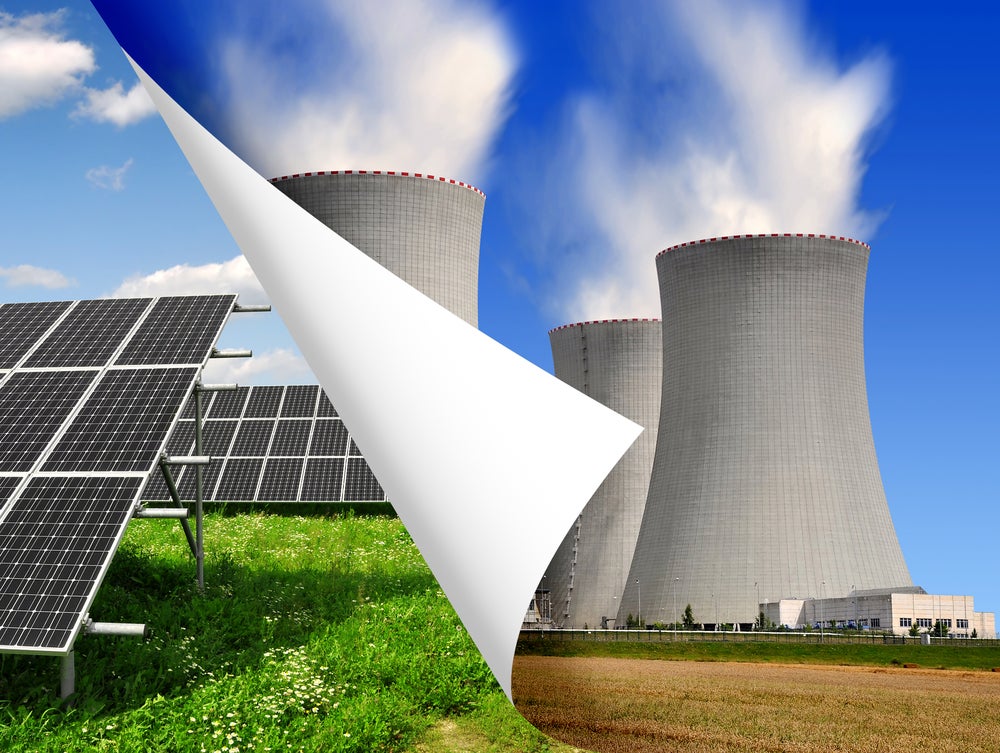Alternative energy Traditional Geocache
Team Ribeiro: Obrigado a todos que visitaram o local.
-
Difficulty:
-

-
Terrain:
-

Size:  (micro)
(micro)
Please note Use of geocaching.com services is subject to the terms and conditions
in our disclaimer.

Alternative energy is any energy source that is an alternative to fossil fuel. These alternatives are intended to address concerns about such fossil fuels.
The nature of what constitutes an alternative energy source has changed considerably over time, as have controversies regarding energy use. Today, because of the variety of energy choices and differing goals of their advocates, defining some energy types as "alternative" is highly controversial.
In a general sense, alternative energy as it is currently conceived, is that which is produced or recovered without the undesirable consequences inherent in fossil fuel use, particularly high carbon dioxide emissions, an important factor in global warming.
Main article: Solar energy
Solar energy can be used for heating, cooling or electrical power generation.
Solar heat has long been employed in passively and actively heated buildings, as well as district heating systems. Examples of the latter are the Drake Landing Solar Community is Alberta, Canada and numerous district systems in Denmark and Germany.In Europe, there are two programmes for the application of solar heat: the Solar District Heating (SDH) and the International Energy Agency's Solar Heating and Cooling (SHC) programme.
The obstacles preventing the large scale implementation of solar powered energy generation is the inefficiency of current solar technology, and the cost. Currently, photovoltaic (PV) panels only have the ability to convert around 16% of the sunlight that hits them into electricity.
Both Sandia National Laboratories and the National Renewable Energy Laboratory (NREL), have heavily funded solar research programs. The NREL solar program has a budget of around $75 million [60] and develops research projects in the areas of photovoltaic (PV) technology, solar thermal energy, and solar radiation.[61] The budget for Sandia’s solar division is unknown, however it accounts for a significant percentage of the laboratory’s $2.4 billion budget.
Several academic programs have focused on solar research in recent years. The Solar Energy Research Center (SERC) at University of North Carolina (UNC) has the sole purpose of developing cost effective solar technology. In 2008, researchers at Massachusetts Institute of Technology (MIT) developed a method to store solar energy by using it to produce hydrogen fuel from water. Such research is targeted at addressing the obstacle that solar development faces of storing energy for use during nighttime hours when the sun is not shining.
In February 2012, North Carolina-based Semprius Inc., a solar development company backed by German corporation Siemens, announced that they had developed the world’s most efficient solar panel. The company claims that the prototype converts 33.9% of the sunlight that hits it to electricity, more than double the previous high-end conversion rate.
Additional Hints
(Decrypt)
gerr